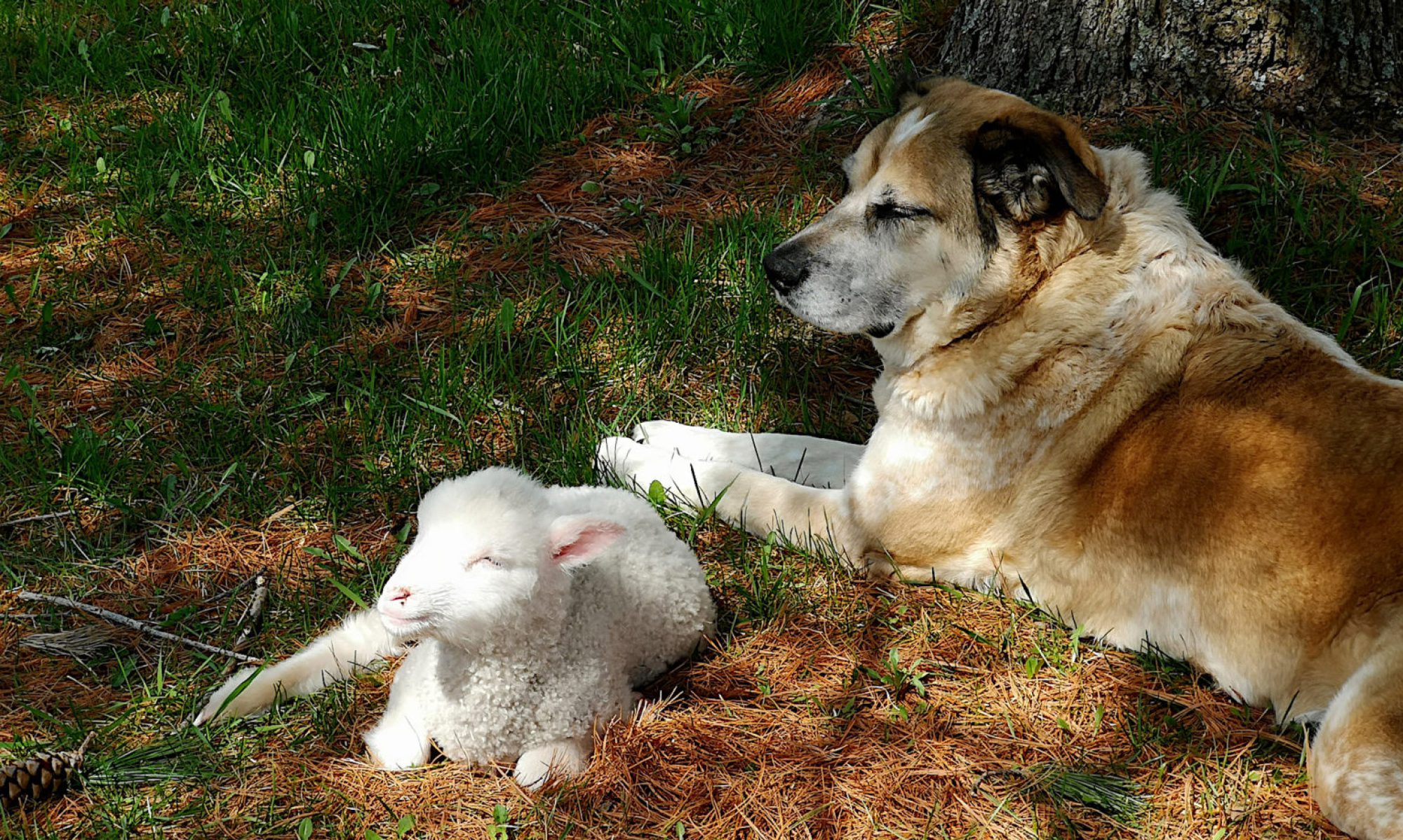
By now, most Twitter users are probably aware that the news they get from the network isn’t always 100-percent accurate — especially in the case of breaking news such as the Boston bombings, when chaos reigns and information is scarce at best. Some news outlets have gotten a lot of mileage out of a recent study by a group of information scientists that supposedly shows “Almost everything you read on Twitter about the Boston bombing was a lie,” as one blog put it. But is that really surprising? Not when you think about it — nor does it necessarily invalidate Twitter as a source during breaking news events.
The study, which was done by a group of researchers from IBM Research Labs in Delhi, India and published in September — and picked up recently by Smithsonian magazine, VICE and The Daily Dot — looked at close to 8 million tweets surrounding the events in Boston. The scientists found that 29 percent of the most viral messages were inaccurate and/or contained fake or spam-related content such as the “donate $1 for every retweet” message from one account, or the tweet mourning for a Sandy Hook runner who never existed.

Even traditional sources are flawed
Of the remainder of the 8 million tweets, the researchers said that more than 50 percent consisted of “generic opinions and comments” (although it’s not clear how they defined that category) while just 20 percent contained accurate, factual information. “So much for getting your information from Twitter,” said The Daily Dot, which called the network “one of the least accurate sources” and said its signal-to-noise ratio, “which can be low on a normal day, is lower still during crises.”
The main thing this statement ignores, of course, is that the signal-to-noise ratio of everything is lower during a crisis like the Boston bombings — and that includes major network news channels such as CNN (which got several things wrong), as well as the channels of information coming directly from the police and other authorities. That was also incredibly flawed, as anyone who listened to and/or retweeted things from the police scanner discovered before too long.
If even the authorities can’t be sure what is happening in the aftermath of such an event, how can we possibly expect Twitter to be any different? If anything, the fact that 20 percent of the tweets collected by the researchers were true seems like something worth celebrating rather than criticizing — and even that leaves out the “generic opinions and comments” the scientists ignored, many of which may have also been accurate, or contributed in some way to the sense of the event.

Be skeptical of everything, not just Twitter
As we’ve tried to point out before — and as others such as Reuters media writer Jack Shafer have also noted — breaking news has always been a chaotic event, information-wise. It’s just that most of that information chaos has historically occurred inside newsrooms or at police headquarters or inside a hospital, with journalists and others filtering the information before it is released. That’s both a good and bad thing, but in any case it no longer exists: news, like water, now finds its own path, without the help of journalists or anyone else.
Is that a bad thing, given how much misinformation circulates during such events? Perhaps. The IBM researchers note that one of the big problems with Twitter during events like the Boston bombings is the creation of fake and spam accounts that take advantage of such a tragedy — and there’s no question that muddies the waters. But is it really that serious a problem if people believe for a short time that retweeting a message will send $1 to bombing victims?
And even the researchers own graphs show that the accuracy of the information on Twitter improves rapidly over time, with the worst misinformation present only during the first few minutes. As time goes by, a more accurate picture starts to appear, which is just what you would expect. Should you be wary of information on Twitter in the immediate aftermath of such an event? Sure — but the real lesson is that you should probably be wary of almost any source of information after such an event, including the police and the mainstream media.
Post and thumbnail photos courtesy of Shutterstock / DonSkarpo










